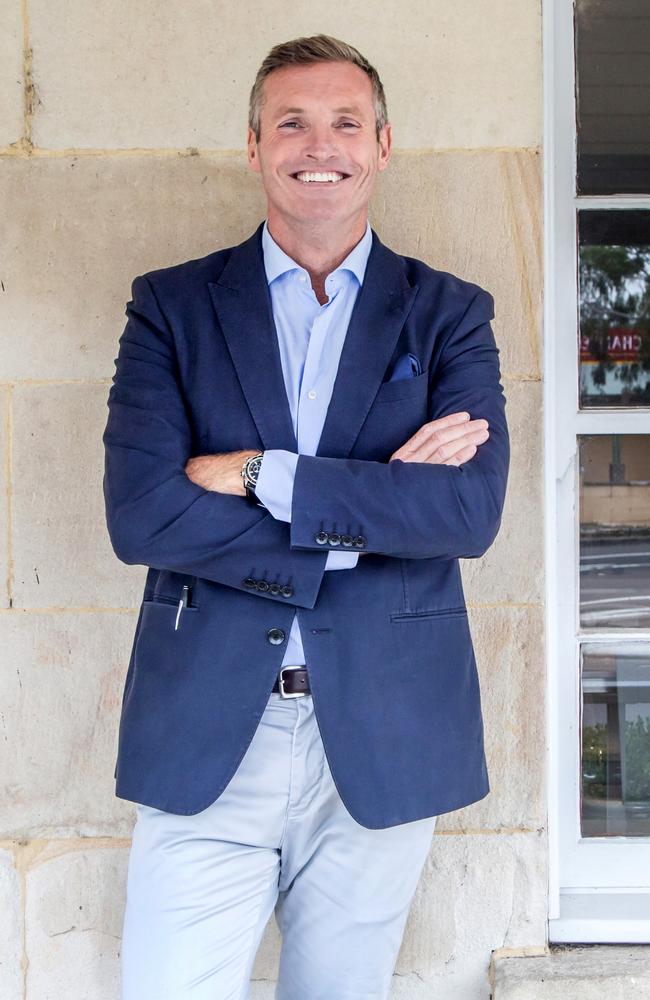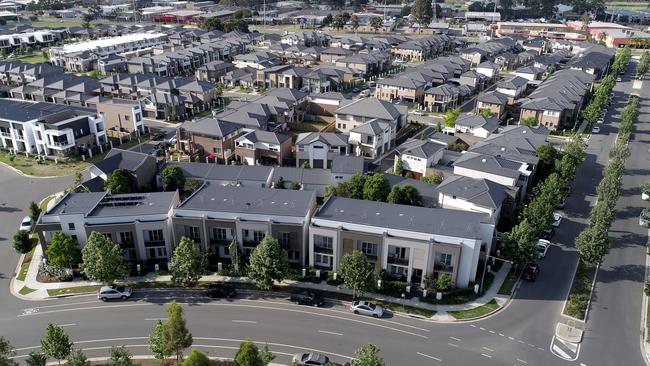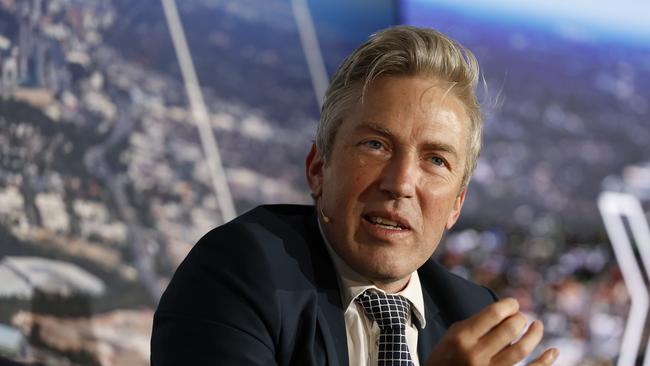NSW rental housing market: 418,000 households relying on Federal Government rental assistance
The state’s “cutthroat” rental housing market is slicing up household budgets – with shock new data the uncovering number of families relying on government rental assistance. See the stats.
Local
Don't miss out on the headlines from Local. Followed categories will be added to My News.
NSW’s crippling rental housing market is an elaborate house of cards – which could send household budgets crashing down at any time – as new data reveals 418,000 families across NSW are relying on Commonwealth rental assistance in order to stay in the game.
The latest Federal Government rental assistance figures, released in March, confirmed a massive 30 per cent of households across the Fairfield local government area – or 20,785 families – were relying on the government package.
Meanwhile, more than 25,000 families on the Central Coast are also reliant on the federal government subsidy program, which ranges from $125 to $249 a fortnight.
A total of 21,470 households in Canterbury-Bankstown were receiving rental assistance payments – according to the data released by the Federal Government’s Social Services Department – while the western Sydney community of Blacktown saw 18,440 households on the subsidy.
Regional communities under pressure included Lake Macquarie with 11,665 households relying on subsidies, followed by Newcastle with 10,140, Mid-Coast with 9210 and Shoalhaven with 8805 rental assistance payments.
Western Sydney real estate agent Paul Dukes, of Dukes Estate Agents, said prospective tenants need to have their poker face on in a “cutthroat market” – where blind offers for property is becoming a shocking new norm.

In Penrith, where more than 12,300 families are supported through the rental assistance program, Paul Dukes said potential tenants vying for a home in his community were “calculated, prepared and tactical”.
“There is a sense of desperation in this market, we are working to educate tenants on what they need to do to get into a home, but the market is cuttthroat,” he said.
“Renters are trying to make offers on property without even setting foot in the home, it is so challenging to lock in a contract that they are doing anything to get in the door.
“They need to have their best foot forward, their documentation ready, and have a history of being a good tenant.”
The booming western Sydney community, where residential vacancy rates reached a 14-year low in October at 0.5 per cent, is seeing the humble two-bedroom granny flat was renting out for up to $470 a week, according to Mr Dukes.

In Fairfield, Century 21 property management team leader Carmelina Cappuccio said an increased number of families are having to rely on “additional support from the government due to rental market influxes”.
“Between the influx of new arrivals from overseas wanting to secure a property in the Southwest Sydney Region due the the convenient location and proximity to amenities and the constant interest rate rises – which forced many to sell their property and enter the rental market – we were and continue to be faced with a constant supply and demand issue,” the property manager said.

“Not only are we seeing properties being rented out for higher prices, many tenants are also being issued rental increases withing the vicinity of $50 to $150 per week to reflect the current rental rate.”
The southwest Sydney real estate manager described the market as a “crisis for renters”.
Meanwhile, Centre for Western Sydney executive director and Western Sydney University Pro Vice-Chancellor Professor Andy Marks said the communities with the highest number of households on subsidies also bear the brunt of “the collapse of housing affordability”.
“Again, its families in the heart of Sydney’s west and the Central Coast that are suffering,” he said. “Where’s the urgency from government?

“Where are the solutions from developers who benefited so much during the boom times.”
Prof. Marks said the communities at the top of the assistance register “already contend with higher unemployment, lower educational and poorer health outcomes than the rest of Sydney, now they face the risk of homelessness.”
The NSW Government’s quarterly rent report revealed the Woollahra local government area has the highest rental prices in the state, with a median weekly rent at an eye-watering $1050, while 860 homes were reliant on rental assistance from the Federal Government.
According to the latest figures, the state average for a one-bedroom rental is priced at $575 a week, while a three-bedroom home is $620 a week.



